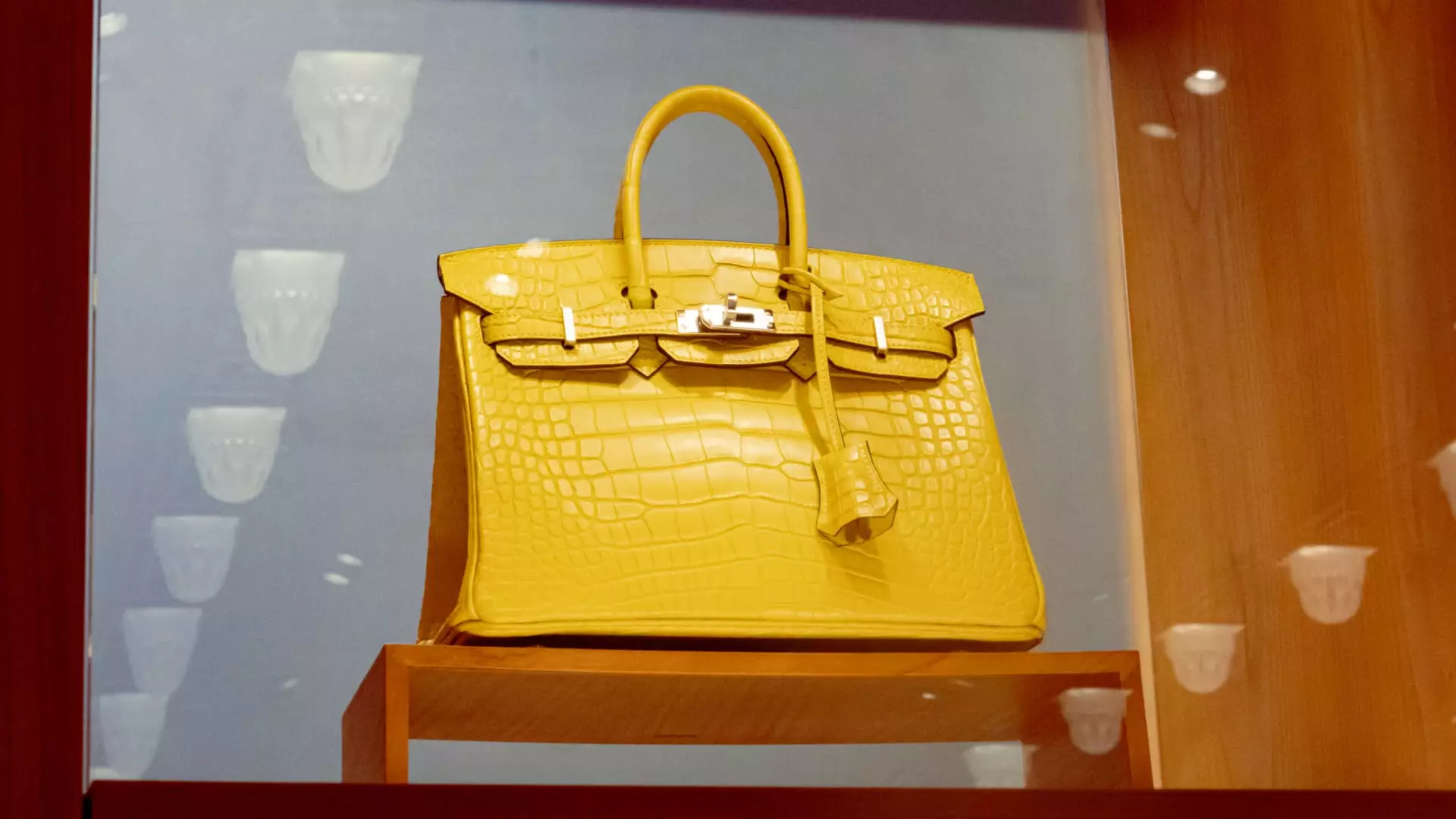Hermes, the prestigious French fashion house synonymous with luxury, has reported results that defy the ongoing challenges faced by the broader luxury sector. On Friday, the company revealed a staggering 17.6% increase in fourth-quarter sales compared to the previous year, bringing in revenues of €3.96 billion ($4.15 billion)—significantly surpassing analyst expectations of €3.69 billion. This impressive performance is a clear indication that even amid tumultuous market dynamics, there remains a robust appetite for high-end exclusivity, particularly for products like the iconic Birkin handbag that command both awe and admiration.
Hermes’ full-year sales also demonstrated substantial growth, climbing 14.7% year-on-year to reach €15.2 billion, again exceeding predictions which were set at €14.94 billion. The company’s ability to deliver such strong numbers is not merely a reflection of market optimism but also highlights the brand’s unique positioning and loyal customer base that has continued to support it despite economic uncertainties. Following the announcement, the company’s shares experienced a notable uptick, rising by 4.19% shortly after market opening—a sign of investor confidence in Hermes’ ongoing strategy.
Unlike many other luxury brands that have struggled with rising costs and a perceived lack of innovation, Hermes has maintained a distinct allure. This success can be attributed, in large part, to the unwavering loyalty of its clientele. Executive Chairman Axel Dumas emphasized this connection during his remarks, underlining the importance of customer allegiance in maintaining sales momentum. His assertion that Hermes has cultivated a resilient business model speaks volumes about the company’s capacity to navigate complexities inherent to the luxury market.
As Hermes sets its sights on 2025, the outlook appears promising, albeit cautious. While the brand has expressed confidence in continued revenue growth, Dumas pragmatically acknowledged the uncertainty looming over the global economy and geopolitical landscape. This perspective captures the essence of Hermes’ approach—optimistic yet grounded in the realities of a fluctuating market. The company’s strategic planning seems evident, with executives recognizing the need for agility in these unpredictable times.
Sales expansion was evident across multiple regions, with notable strength in the Asia-Pacific market—excluding Japan—which posted a remarkable 9% year-on-year increase in the fourth quarter. This growth stands out particularly against the backdrop of challenges faced by the Chinese luxury market, that has seen a general slowdown. The ability of Hermes to thrive in such environments speaks to the brand’s universal appeal and the strong demand for their leather goods and saddlery segment, which accounted for nearly half of the group’s overall revenues, surging by an impressive 21.7%.
As Hermes continues to challenge market norms with its sturdy performance, the brand illustrates that luxury’s appeal remains steadfast even in adverse conditions. Its resilience not only showcases the power of exclusivity but also serves as a benchmark for others in the industry striving to achieve similar success. With a strong brand identity and a loyal customer base at its core, Hermes stands poised to navigate future uncertainties while continuing to enhance its legacy in the world of haute couture.

